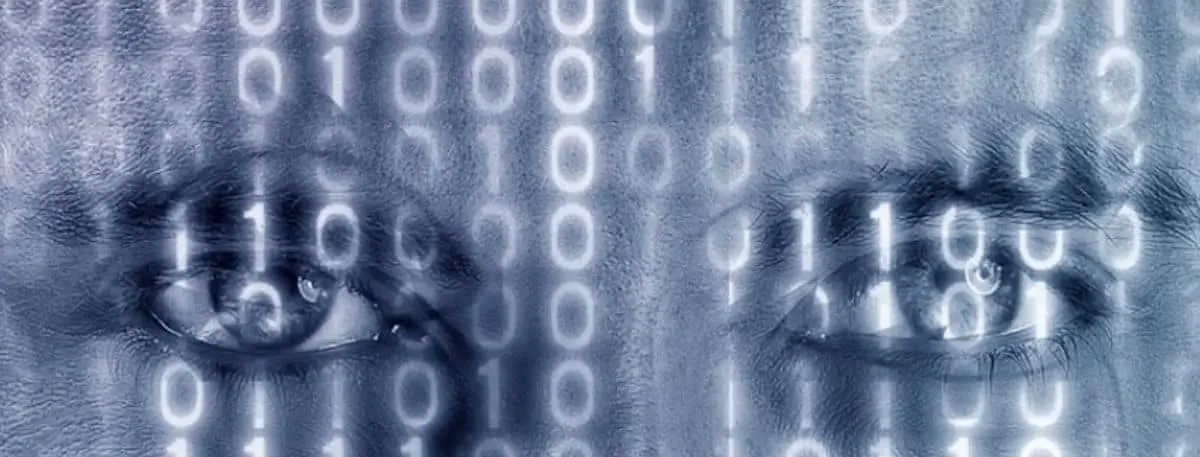Charles Bonnet Syndrome (CBS) is often regarded as a fascinating yet misunderstood occurrence associated with vision impairment. While commonly linked to those with vision loss, CBS encompasses much more than previously assumed visual hallucinations.
While Charles Bonnet Syndrome (CBS) is more commonly associated with elderly individuals, there have been documented cases of children experiencing visual hallucinations related to CBS.
However, one of the challenges with identifying CBS is that many individuals hesitate to report their visual experiences due to fears of being labeled as old, losing mental acuity, or being deemed in need of psychological intervention or medication.

Those who experience CBS hallucinations are those who:
- have recent vision loss, not usually those with long term vision loss,
- have lost the vision in both eyes, (20/100 or worse), and
- are mentally alert, attentive, and understand the hallucinations are not real.
Charles Bonnet Syndrome (CBS) predominantly affects the elderly, particularly those grappling with age-related eye conditions like macular degeneration. However, CBS isn’t exclusive to this demographic.
Individuals with vision impairments stemming from conditions like cataracts, glaucoma, diabetic retinopathy, optic neuropathy, or retinitis pigmentosa are also susceptible to experiencing CBS. Essentially, any condition causing vision loss along the brain’s visual pathway can trigger CBS episodes.
Spectrum of Hallucinations in Charles Bonnet Syndrome
The hallucinations characteristic of Charles Bonnet Syndrome (CBS) manifest in various forms, ranging from simplistic lines and patterns to intricate scenes teeming with animals, people, and action. These visual experiences can take on a cartoonish appearance, be small and unobtrusive, or even exhibit grotesque features. Remarkably, they seamlessly integrate into the surrounding environment, appearing vivid and lifelike.
Duration-wise, CBS hallucinations vary widely, spanning from fleeting moments to prolonged episodes lasting hours. These episodes are episodic in nature, potentially persisting for months to a year before gradually subsiding.
While unsettling for those experiencing them, these hallucinations are typically not described as terrifying or menacing. Importantly, the visual images in CBS remain passive observers, devoid of interaction with the individual.
Research suggests that individuals living alone are more prone to experiencing CBS hallucinations. Furthermore, these episodes may be triggered by periods of quietude, low light levels, or exacerbated by fatigue and stress.
Children and Charles Bonnet Syndrome
There have been documented cases of CBS occurring in children as well. While less common, children with various forms of vision impairment, such as retinal dystrophies or congenital blindness, have reported experiencing CBS hallucinations.
The Mechanisms Behind Charles Bonnet Syndrome Hallucinations
The visual hallucinations characteristic of Charles Bonnet Syndrome (CBS) are theorized to stem from sudden vision loss resulting from pathology within the visual system. This system encompasses the eye, neural connections, and the occipital cortex located at the rear of the brain.
Analogous to phantom pain experienced by amputees, these hallucinations emerge as the brain attempts to fill in the perceptual gaps left by the absence of visual stimuli. Just as an amputee may feel pain in a missing limb, individuals with CBS experience “phantom vision” where visual sensations persist despite the absence of external stimuli.
In response to distressing hallucinations, individuals affected by Charles Bonnet Syndrome (CBS) may seek medical assistance. However, addressing these visual disturbances doesn’t entail a one-size-fits-all solution.
While resolving the underlying cause of vision loss, such as through cataract surgery for cataract-related vision impairment, can alleviate symptoms to some extent, restoring full vision is often unattainable as in macular degeneration, optic neuropathy, or retinitis pigmentosa.
Want to learn more about macular degeneration, read my other article: The 7 Truths about Macular Degeneration


You must be logged in to post a comment.